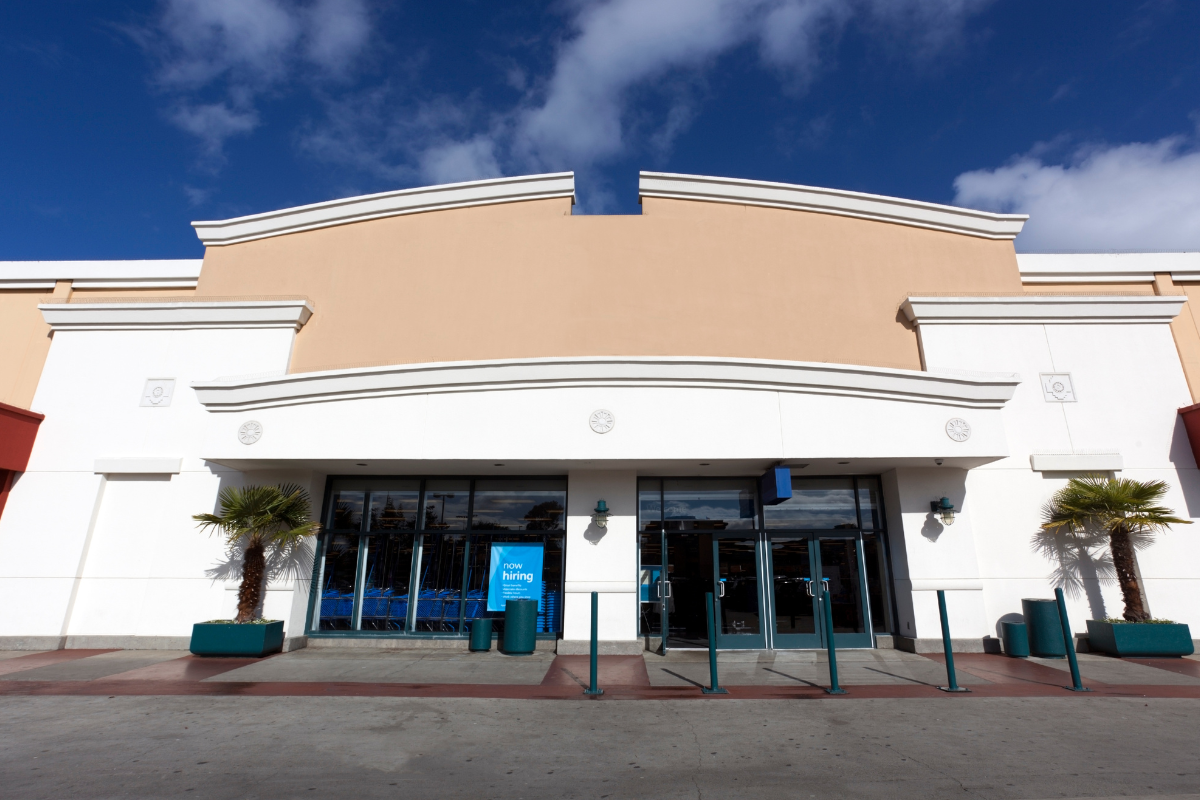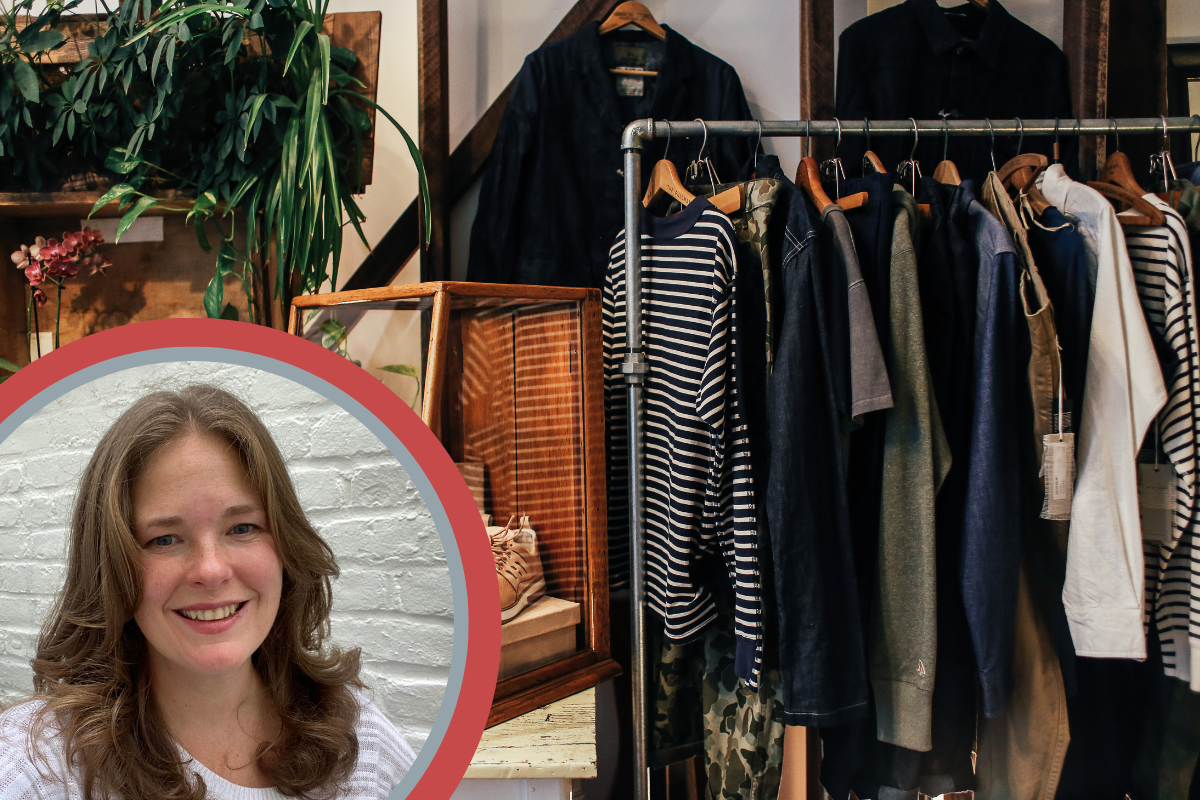It’s hard to believe that 20 years ago, give or take, the way that we would communicate and connect with people was about to be forever changed due to a little phenomenon known as social media. In the early 2000s, Facebook, Twitter and many others ushered in a wave of social media prevalence, for better or for worse, that still rings true today.
While the creation of these platforms has certainly changed societal norms, in the social media zeitgeist, the goal has always been genuine connection and information sharing for people all over the world.
Launching in 2003, the oldest of these platforms, LinkedIn, has proven to be a valuable and consistent resource for all things business.
The “Why” for Authentic Thought Leadership
From the very beginning, LinkedIn staked its claim on supporting professional networking and career development for its more than 1 billion members. But it has also become a critical hub for authentic thought leadership and content sharing. And there is plenty of data to prove this fact.
According to a 2024 Edelman and LinkedIn study on B2B thought leadership, three-quarters of decision-makers trust thought leadership content over traditional marketing when evaluating a company’s capabilities. The study also found:
- More than half of decision-makers and C-level executives spend at least an hour per week reading thought leadership content on LinkedIn.
- 9 in 10 decision-makers and C-suite execs say they are either moderately or very likely to be more receptive to sales outreach from a company that consistently produces high-quality thought leadership.
- 70% of C-suite leaders say that a piece of thought leadership had at least occasionally led them to question if they should continue working with an existing supplier.
We know that quality thought leadership is critical to ensuring that a user or company is primed to hear from your B2B technology company, but what are the actual steps to making that happen? It’s all about leveraging the algorithm to receive better rankings.
LinkedIn Changes With the Times
To have a successful outcome with your LinkedIn thought leadership strategy, it is important to not only have a great partner (like, say, Ketner Group!) to help support the creation of content, but to know what kind of content will rank higher than others.
In 2025, LinkedIn made a few updates to its algorithm. Thought leaders should consider:
- Expertise goes a long way: LinkedIn prefers posts with original insights, industry trends or actionable advice.
- “No” to clickbait and “Yes” to meaningful conversations: Stay away from phrases like “Comment YES if you agree” and lean in to content that entices conversations and comments.
- Timing is everything: LinkedIn posts that get strong interaction in the first hour, aka, “the golden hour” are now shown to second- and third-degree connections more frequently. (Of note, posts with more dwell time also do very well!)
- Push more native content: The platform now prefers more text posts, carousels and videos (especially LinkedIn Live sessions) rather than outbound links.
Now Is the Time for You and Your Brand to Shine
In previous blogs, we’ve talked a lot about thought leadership and the ways that a good PR strategy can help elevate your brand’s reputation and rise above the noise.
While tactics like bylined articles, speaking engagements and valuable media coverage are important, it is equally as important to consider adding in a LinkedIn executive strategy to the communications mix.
The world is a noisy place, but your peers and prospects are also looking for voices that have meaningful things to say. And with over 134 million users actively using LinkedIn daily, it is a perfect opportunity to reach and engage with your target audience.
At Ketner Group, we have successfully helped our clients increase their executive’s thought leadership profiles on LinkedIn. We’d love to do the same for you!
Contact us today to learn more about our thought leadership capabilities, including our monthly LinkedIn Executive Thought Leadership program.











